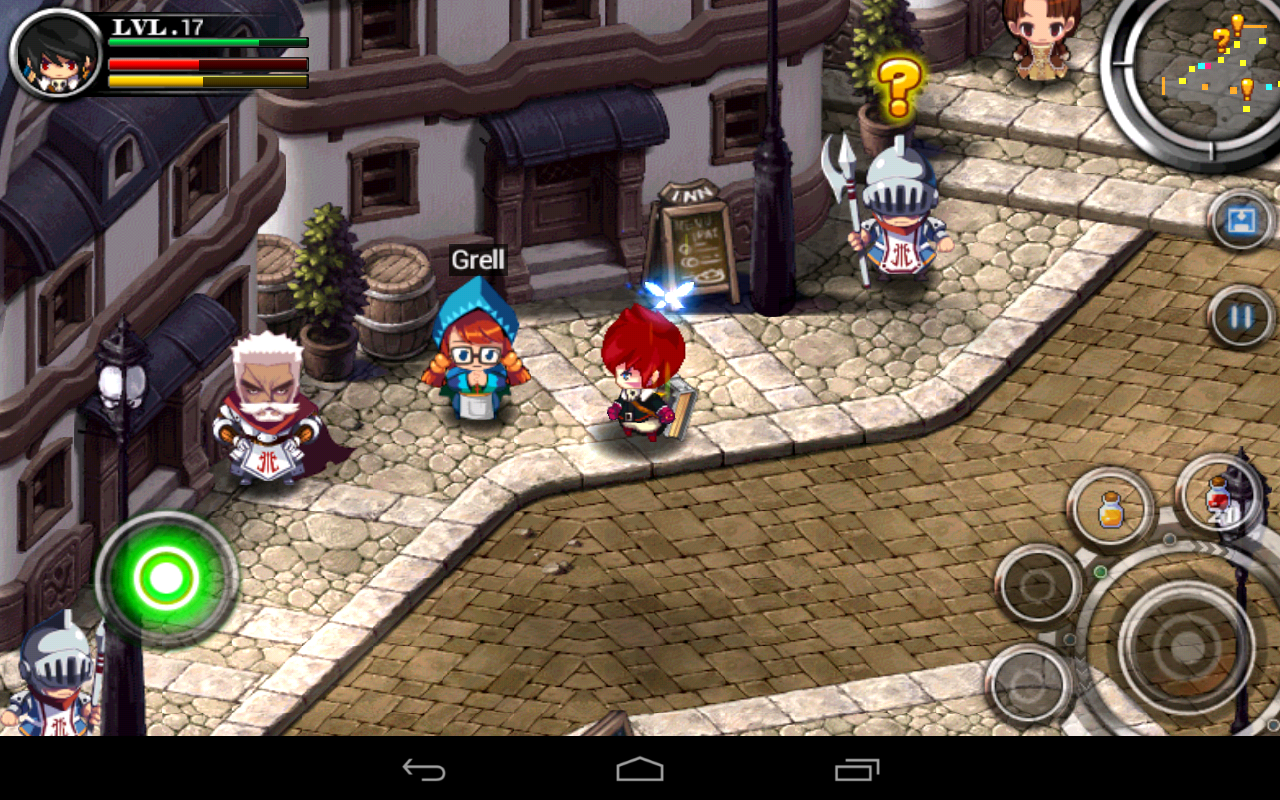

Strategy games more generally were keen to pick up the viewpoint and its advantages. The wide, zoomed-out perspective gave players the eyes of gods and urban planners, respectively, allowing them to plan, plot and chart out their grand schemes at an equally grand scale. Isometric projection was originally a style of technical drawing used by engineers and architects, and so the viewpoint was a natural fit for video game developers creating city and settlement building strategy games like Populous and SimCity 2000. Isometric beginningsĭespite the technical advantages of the viewpoint, the perspective only thrived within particular genres. In the world of video games this technique allowed artists to draw and bring to life complex settings with a great deal of architectural detail, creating a sense of three-dimensionality without actually having to render things in 3D. Rather than drawing environments from a purely top-down 2D perspective, objects are angled slightly so as to give the impression of depth. Isometric is the general term used to refer to a particular way objects are represented when drawn. So are isometric games made today simply relics feeding off our nostalgia, or is there something to this unique viewpoint? These obstacles meant isometric projection became a neat and efficient way of creating intricate video game worlds. The perspective boomed in the ’90s when proper 3D was expensive, limited, or just technically difficult to do.

In many ways the isometric viewpoint was a historical necessity - and yet today we remain enthralled by the style.


 0 kommentar(er)
0 kommentar(er)
